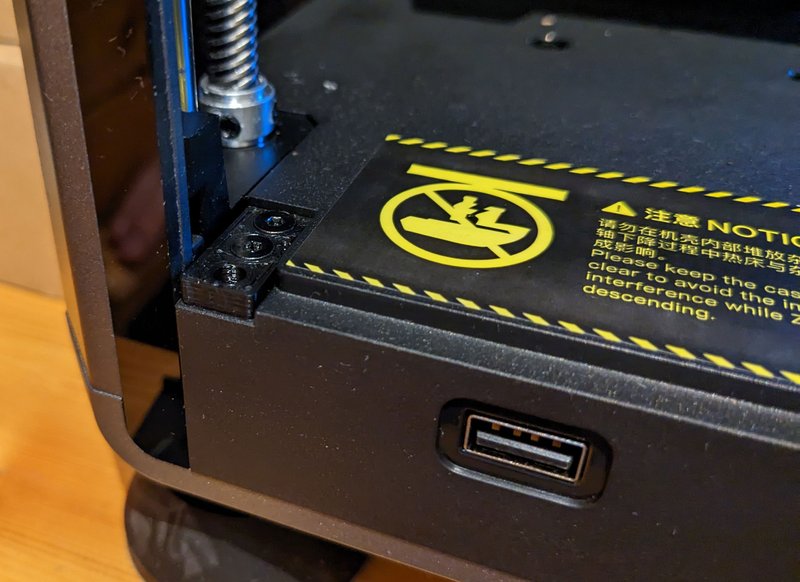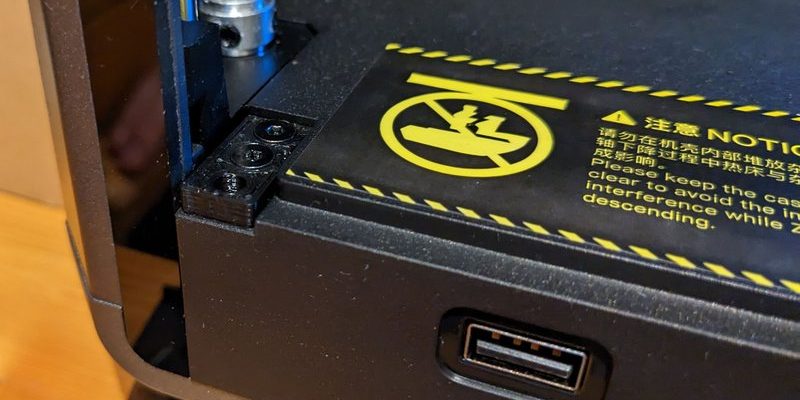
Rattling can happen for various reasons, like loose screws or worn-out parts. Think of it as your door’s way of saying, “Hey, I need some TLC!” Whether it’s a squeaky doorknob or a rattling handle, with a few simple steps, you can quiet things down. Let’s dive into some effective solutions that will help keep your door hardware in check.
Understanding the Causes of Rattling
Before we tackle the fixes, it’s important to understand why your door hardware might be rattling in the first place. Doors and their hardware endure a lot, from constant use to changes in temperature and humidity. Here’s a closer look at some common culprits:
- Loose Screws: Over time, screws holding your doorknob or handle can become loose. This can cause movement and, ultimately, rattling sounds.
- Worn Out Parts: Just like anything else, door hardware wears down. If parts are damaged or degraded, they can create noise.
- Misalignment: Doors can shift due to settling or humidity, which may misalign the hardware, leading to rattling.
Understanding these causes will help you pinpoint what needs fixing. It’s like solving a mystery; once you know the clues, you can find the solution.
Checking and Tightening Screws
One of the simplest fixes for rattling door hardware is checking and tightening screws. This step is so straightforward that you might be surprised how effective it can be. Here’s how to do it:
1. Gather Your Tools: You’ll need a screwdriver that fits your screws. A flathead or Phillips screwdriver should work, depending on your hardware.
2. Inspect the Hardware: Start by checking the doorknob or handle. Look for screws on the underside or sides. If they’re loose, give them a gentle turn with your screwdriver.
3. Test the Door: After tightening, open and close the door a few times. Listen for any rattling. If the sound persists, don’t worry — there are more steps to take.
Tightening screws is usually the first line of defense. It’s a quick fix that can make a big difference.
Lubricating Moving Parts
Sometimes, rattling can come from parts that need a little love in the form of lubrication. Think of it like putting oil in your car; it helps everything run smoothly. Here’s how to lubricate your door hardware:
1. Choose the Right Lubricant: Look for a silicone spray or lithium grease. These products work well on metal and plastic parts without leaving a messy residue.
2. Apply Sparingly: Spray or apply a small amount to hinges, knobs, or locks. Make sure not to overdo it; a little goes a long way.
3. Work It In: Move the hardware back and forth to help the lubricant penetrate.
After lubing everything up, test again. You might notice that the rattling has faded or disappeared entirely!
Adjusting Misalignment
If your door hardware still rattles after tightening screws and lubricating, it may be misaligned. Misalignment can happen if the door shifts due to weather changes or settling foundations. Fixing it is a bit trickier but definitely doable.
1. Inspect the Door Frame: Look at how the door sits in the frame. If it’s off, you may need to adjust the hinges.
2. Loosen and Shift Hinge Screws: Use your screwdriver to slightly loosen the screws on the hinges. Shift the door until it aligns more properly.
3. Tighten Again: Once aligned, tighten the screws back up and check to see if the rattling persists.
Realigning can take a bit of patience, but it’s worth it when you finally get a quiet door!
Replacing Worn Out Hardware
Sometimes, no amount of tightening or adjusting will fix the rattle. If your door hardware is old or damaged, it might be time for a replacement. Here’s how to approach it:
1. Assess the Condition: If you notice rust, cracks, or excessive wear on knobs, locks, or hinges, consider replacing them.
2. Choose Quality Hardware: When purchasing new door hardware, opt for quality brands that offer durability. Cheaper options may lead to problems sooner.
3. Follow Installation Instructions: Installation may vary by hardware type, but typically involves removing the old pieces and securing the new ones in place.
Replacing worn-out hardware can feel like giving your door a fresh start. Plus, it can improve security and functionality.
Using Shims for Extra Support
If you’re still struggling with rattling, shims might be your best friend. Shims are small, often thin pieces of material that can help stabilize and support your door. Here’s how to use them:
1. Find the Right Shims: Look for wooden or plastic shims at your local hardware store. They come in various sizes and thicknesses.
2. Insert the Shim: Place the shim between the door frame and the hinges or where you’ve noticed excess movement.
3. Test the Door: After inserting, ensure the door closes properly and doesn’t rattle.
Using shims can provide that extra layer of support you didn’t know your door needed!
Regular Maintenance Tips
Once you’ve silenced your door hardware, keeping it in good condition is key. Regular maintenance can prevent rattling from returning. Here are some tips to keep in mind:
1. Check Screws Quarterly: Set a reminder to check your door hardware every few months. A quick tightening can save you from future noise.
2. Clean the Hardware: Dust and grime can build up over time, affecting performance. Wipe down hardware regularly to keep it clean.
3. Assess Seasonal Changes: Watch how your door behaves in different weather. If you notice more rattling in winter or summer, consider realigning or adjusting as needed.
Regular maintenance is like giving your door a spa day. A little attention goes a long way in keeping everything running smoothly.
Rattling door hardware is a nuisance that can disrupt the peace of your home. Thankfully, with a little effort and some basic tools, you can silence that noise for good. From checking screws to replacing worn hardware, these simple fixes will keep your doors functioning quietly.
So, the next time you hear that pesky rattling, you’ll know just what to do. A few minutes of your time can lead to a lifetime of smooth, quiet door operation. Give it a try—you might be surprised at how easy it is to fix!
